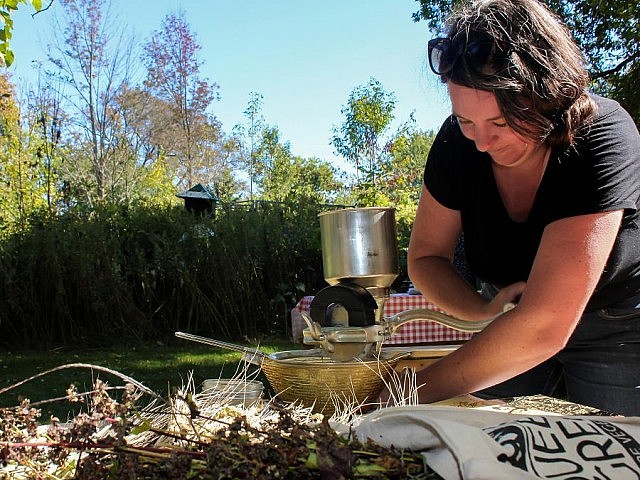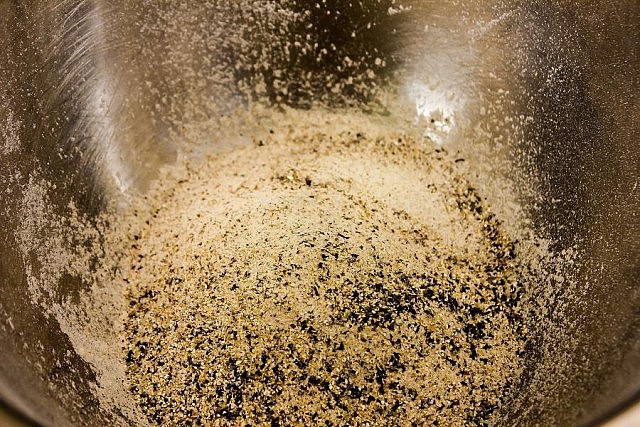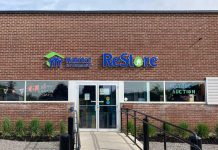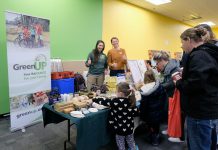
The holidays are approaching and for some of us this means planning for gifts, decorating the home, attending parties, and enjoying time together with loved ones. What better way is there to celebrate than with traditional treats and delicious homemade meals among family and friends?
There is a lot to consider when planning the menu for a holiday soiree. You’ll likely think about your guests’ tastes, their dietary needs, your favourite dishes to create, or perhaps you’ll be brave and try a new recipe.
While you are celebrating the holidays over delicious meals and sweet treats, you can also celebrate our region’s finest chefs, bakers, farmers, and food producers. When writing out your grocery list, you can make choices that are good for you, your family, and the environment. You can support local businesses, reduce your carbon footprint, and eat healthier options.
One simple solution is to choose local. Locally grown food is fresher. It gets from the farm to the market and then to your table more quickly than food grown elsewhere.
Some produce travels great distances, in some cases across continents, before it gets to you. Local food is shipped from nearby producers reducing the number of steps needed, and the kilometres necessary, to get from the farm to your kitchen. Not only is it fresher but also by buying local you’re choosing to reduce your carbon footprint because you’ve greatly reduced the shipping requirements for food to get to you.

When shopping for food at the local farmers’ markets, you have the added bonus of speaking directly with growers. You can ask how their food is grown or raised, which farming practices are they using, and ask other questions that are important to you. Another benefit of choosing locally grown food is that you are supporting producers that are also your neighbours, and are contributing to strengthening the economy in your community.
Another solution may exist right in your backyard! The best way to reduce the distance your food travels to get to your table is to grow your own. In your yard or at your community garden plot, many edibles can be grown, harvested, and preserved by you. What better gift is there this holiday season than the fruits of your own labour served up to your loved ones in your favourite recipes?
We are entering the colder seasons now but come spring, GreenUP Ecology Park carries a variety of fruit and nut trees in hardy varieties of apple, pear, peach, plum, cherry, and hazelnut.
The Ecology Park Food Forest demonstrates how you can plant and grow trees and shrubs that provide shade and delicious edible harvests. Growing fruit and learning how to care for fruit trees can be very rewarding with healthy harvests that can also help to support important pollinator habitat for bees.

If making your own flour seems like a big leap for you, start by switching to a locally produced, grown, and milled strain of flour like Red Fife Wheat. Swapping out ingredients from original recipes and replacing them with locally grown or healthier alternatives can make a huge difference for the environment, and oftentimes with favourable improvements in taste. Replacing bleached white flour in your recipes with alternatives like Red Fife is especially delicious in savoury pies.
Use your imagination and experiment with ingredients that will add your own personal touch to traditional favourites. Consider switching out refined white sugar that is often called for in holiday cookies with maple sugar or syrup, or locally produced honey.
Many locally grown and seasonal cooked fruits such as apples and pears can be added to your Christmas cake instead of oil, allowing your grandmother’s recipe to be healthier and deliciously moist.
The food you serve is likely only one detail in your holiday get-together. From the decorations to the party favours, you can make environmentally responsible choices when planning all aspects of your party. Starting with your holiday menu, you can make healthy, sustainable choices that can translate to your diet for the entire year. Eat well and celebrate by being green this holiday season.
For more information about the Peterborough Community Garden Network and the Seed Savers Collective, please visit growpeterborough.org. For more information about the GreenUp Ecology Park Food Forest, fruit free workshops and sustainable, green lifestyle choices, please visit greenup.on.ca.
All photos by Samantha Stephens, GreenUP Volunteer


























